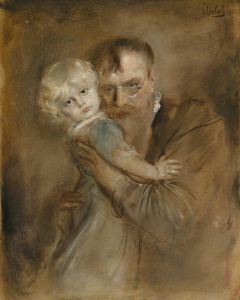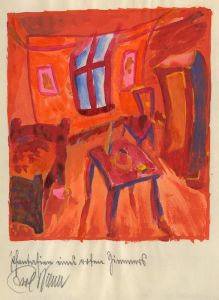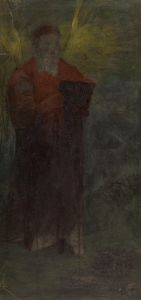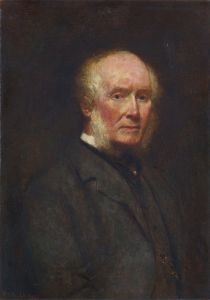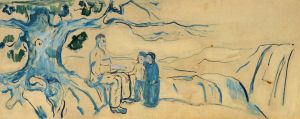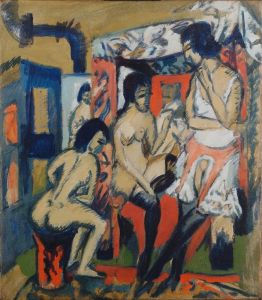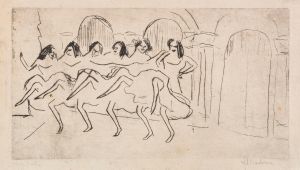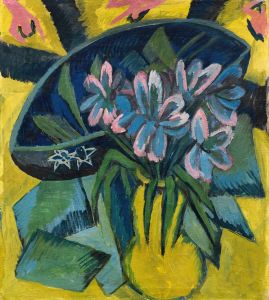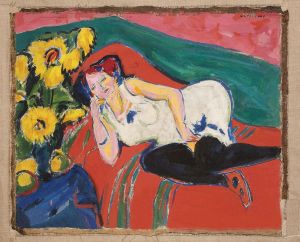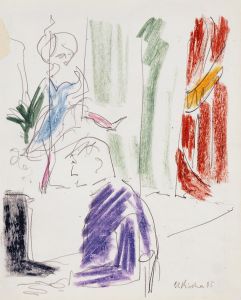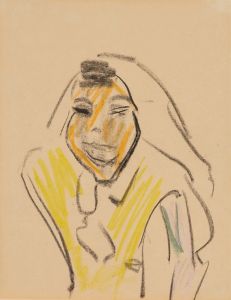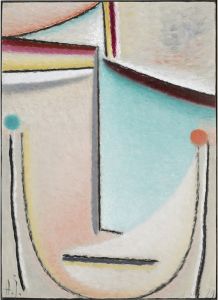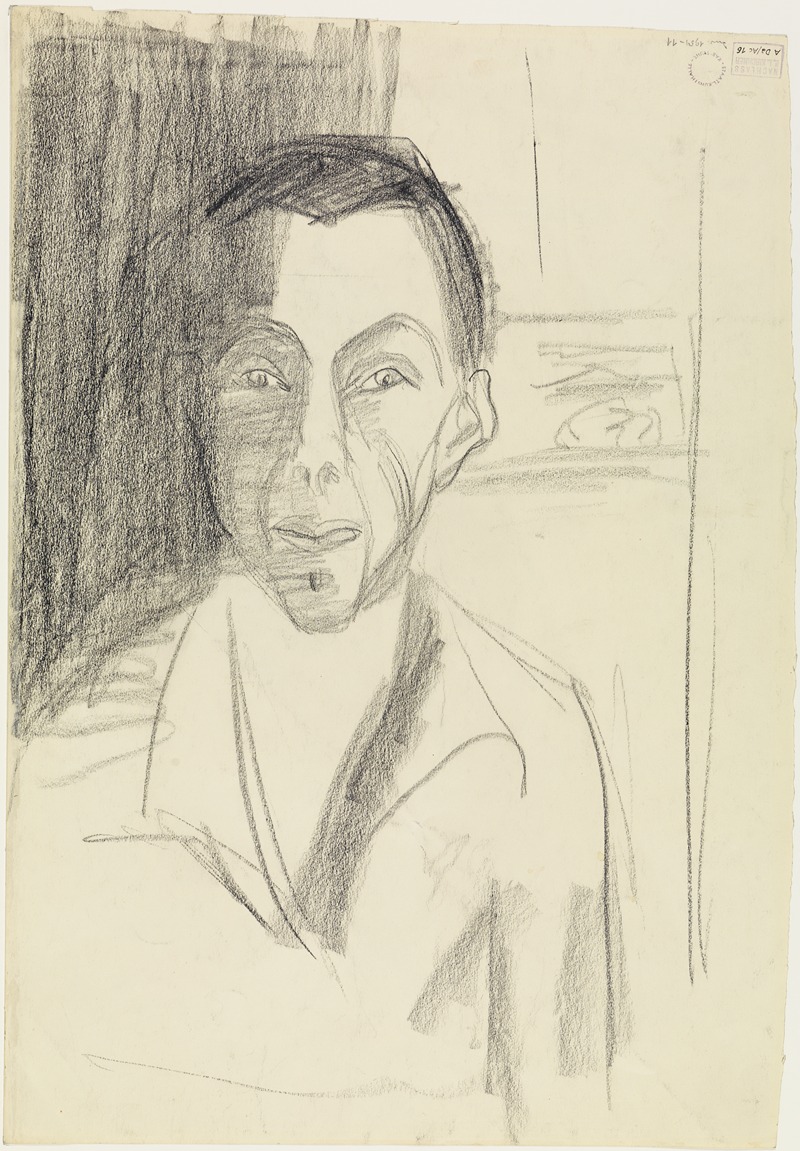
Selbstbildnis
A hand-painted replica of Ernst Ludwig Kirchner’s masterpiece Selbstbildnis, meticulously crafted by professional artists to capture the true essence of the original. Each piece is created with museum-quality canvas and rare mineral pigments, carefully painted by experienced artists with delicate brushstrokes and rich, layered colors to perfectly recreate the texture of the original artwork. Unlike machine-printed reproductions, this hand-painted version brings the painting to life, infused with the artist’s emotions and skill in every stroke. Whether for personal collection or home decoration, it instantly elevates the artistic atmosphere of any space.
Ernst Ludwig Kirchner, a prominent German expressionist painter, created the artwork "Selbstbildnis" (Self-Portrait) during a period marked by intense personal and artistic exploration. Kirchner, born in 1880 in Aschaffenburg, Germany, was a founding member of the influential artist group Die Brücke (The Bridge), which played a crucial role in the development of Expressionism in the early 20th century. This movement sought to convey emotional experience rather than physical reality, often through bold colors and dynamic compositions.
"Selbstbildnis" is one of several self-portraits Kirchner painted throughout his career, reflecting his introspective nature and his interest in exploring identity and self-perception. The exact date of this particular self-portrait is not specified, but it is consistent with his style during the height of his involvement with Die Brücke, which was active from 1905 to 1913. During this time, Kirchner and his contemporaries were deeply influenced by non-Western art forms, as well as the works of Vincent van Gogh and Edvard Munch, which is evident in the emotive and sometimes distorted figures in their paintings.
Kirchner's self-portraits often reveal his psychological state and his response to the rapidly changing world around him. His works are characterized by their vivid use of color, energetic brushwork, and a sense of immediacy and raw emotion. In "Selbstbildnis," Kirchner employs these techniques to capture not only his physical likeness but also his inner turmoil and the complexities of his personality. The painting likely features the angular lines and exaggerated forms typical of his style, which convey a sense of tension and unease.
Throughout his career, Kirchner faced numerous personal challenges, including struggles with mental health, which were exacerbated by the outbreak of World War I. He volunteered for military service but was discharged due to a nervous breakdown, an experience that profoundly affected his work. His self-portraits from this period often reflect his anxiety and the impact of the war on his psyche.
Kirchner's contribution to modern art extends beyond his paintings; he was also a prolific printmaker and sculptor. His work has been recognized for its innovative approach and its influence on subsequent generations of artists. Despite facing criticism and being labeled as "degenerate" by the Nazi regime, which led to the removal of his works from German museums, Kirchner's legacy endured. He spent the latter part of his life in Switzerland, where he continued to create art until his death in 1938.
"Selbstbildnis" by Ernst Ludwig Kirchner remains a significant piece within the context of Expressionism, offering insight into the artist's personal journey and the broader cultural shifts of the early 20th century. Through this self-portrait, viewers can engage with Kirchner's exploration of identity and the human condition, hallmarks of his enduring impact on the art world.





